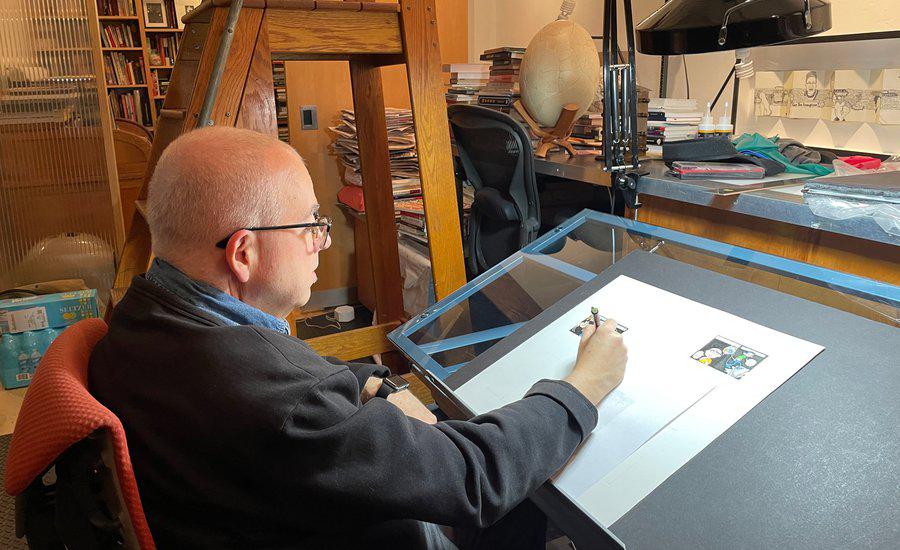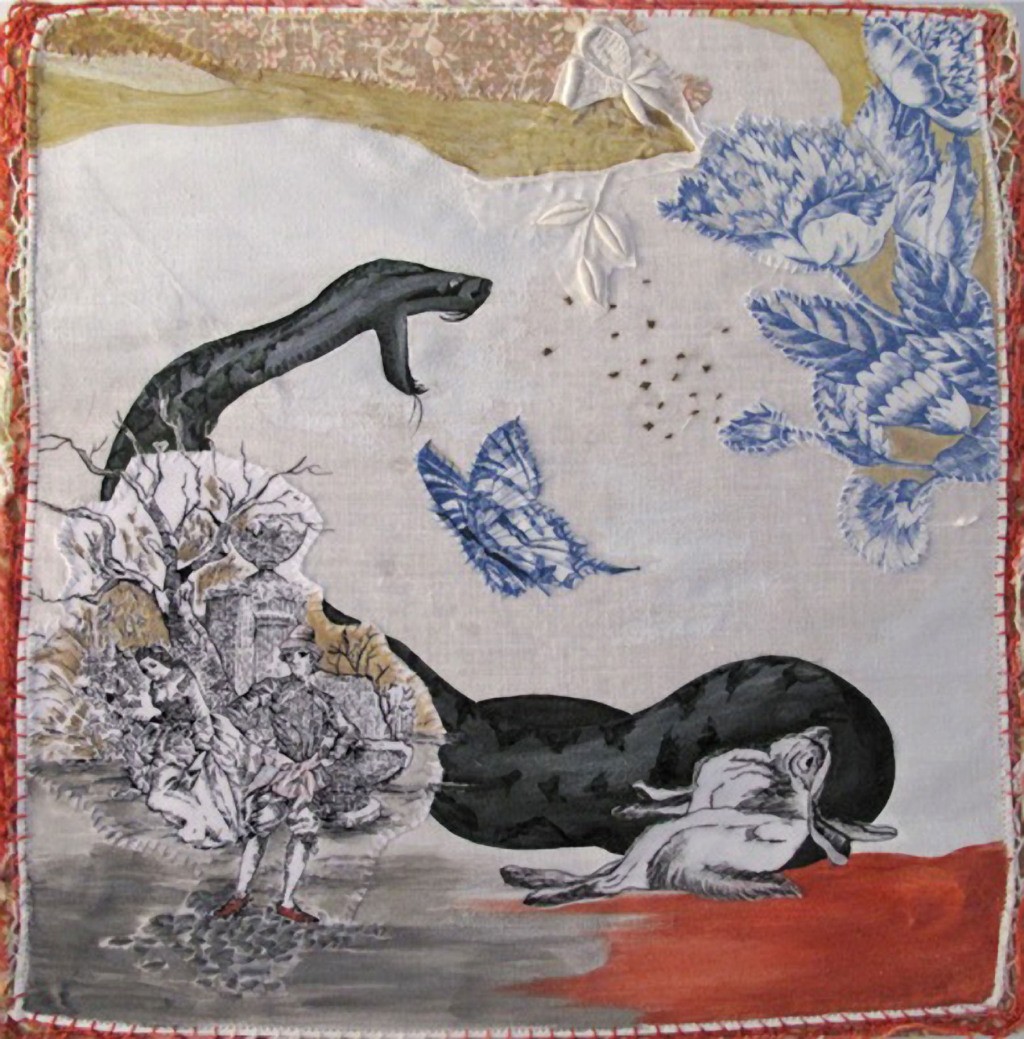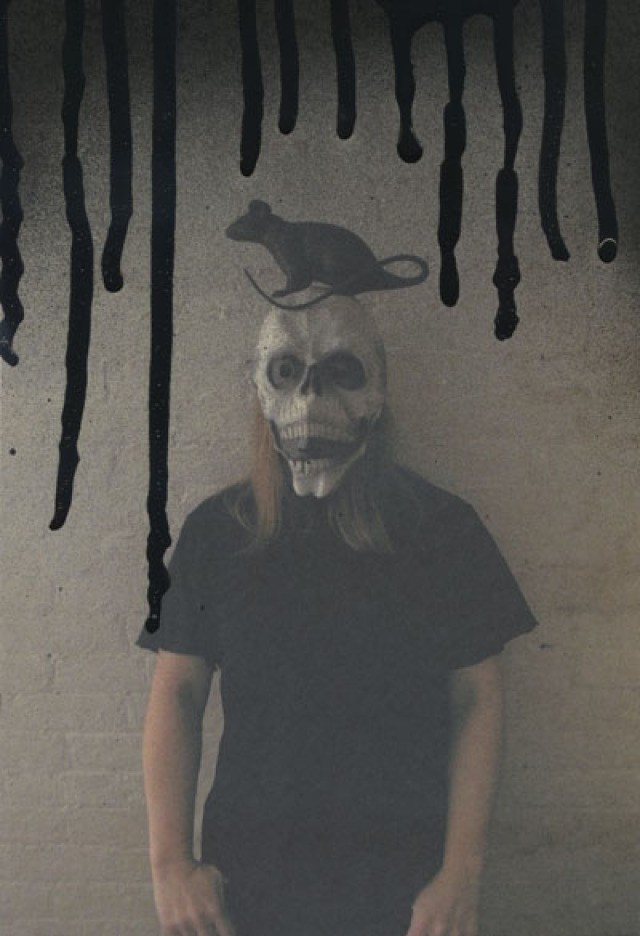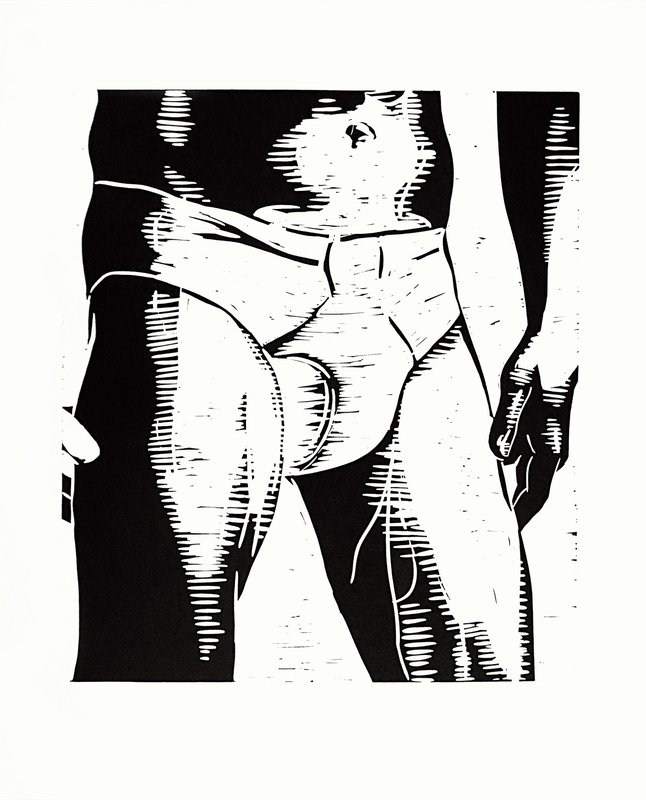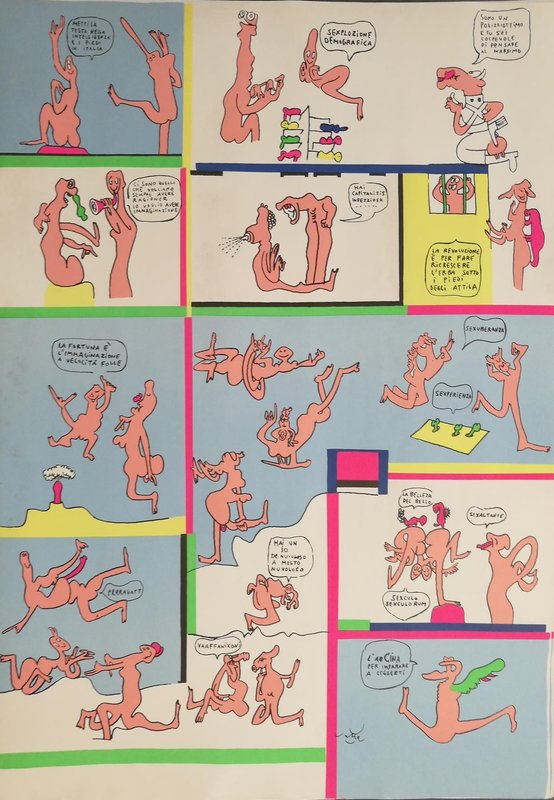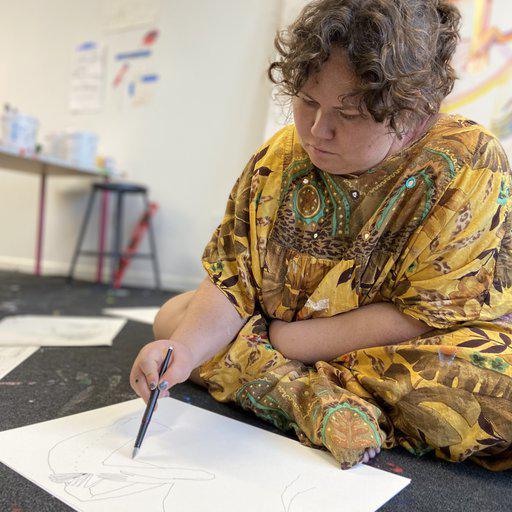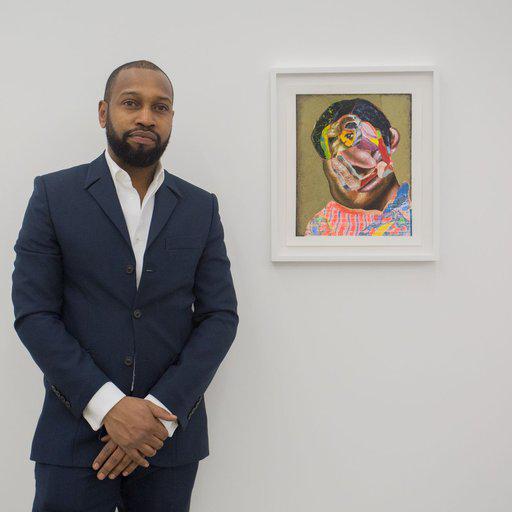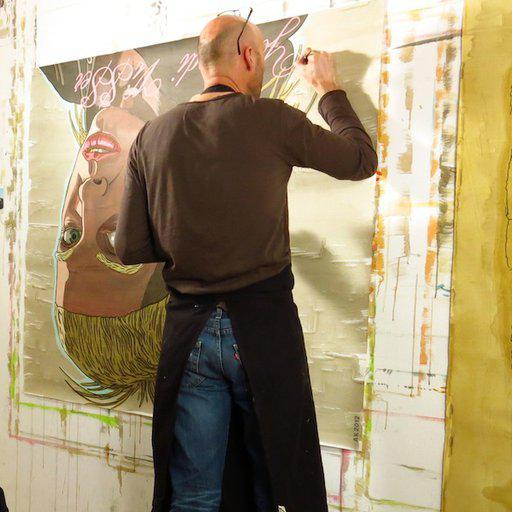There can’t be many practising psychoanalysts who are as well established in the contemporary art world as Martin Wilner . A self-taught artist, his fascination with drawing was inspired by the comic books he read growing up in New York in the 1960s and 1970s. While undertaking postgraduate studies, Wilner discovered the work of Art Spiegelman, who, as a graphic novelist and fellow child of Holocaust survivors, was an early influence. Psychiatry and psychoanalysis, as well as being Wilner’s profession, are inseparable from his artistic practice. Like a client consultation, Wilner sets parameters of time and space, which are often manifested in the form a body of work takes. ‘The Case Histories’ series, for example, are analytic works made during one calendar month, with daily communication with an individual reimagined as a rectangular drawing (sometimes in color) corresponding to that date on a calendar grid. As the month progresses, so does the image, growing into a curious visual study of the person being analyzed. Some feature more eclectic imagery, styles and eras than others. On the reverse, Wilner often writes dense, almost impenetrable notes, in capital letters, in patterns or within doodles, suggesting that this artist-psychiatrist might be as ripe for analysis as whoever is on the couch.
Wilner is one of over a hundred contemporary artists featured in Vitamin D3: Today's Best in Contemporary Drawing , our new, indispensable survey of contemporary drawing. We sat him down and asked him a few questions about how, why and when he draws.
 Arkopoly
, 2014, by Martin Wilner
Arkopoly
, 2014, by Martin Wilner
Who are you and what’s on your mind right now? My name is Martin Wilner. I am an artist. I am also a practicing psychiatrist and a scholar in psychoanalysis. I am a number of other things as well, but enough said. “What’s on your mind” is a question I am usually asking of others, whether my subjects in my ongoing project, ‘The Case Histories’, or of my patients. What is on my mind every evening is the message sent to me daily by my current subject. Tonight is no exception. I am thinking about the drawing I just finished rendering at my drafting table based upon the email I received from graphic novelist Rutu Modan. It depicted a Tel Aviv nightlife street scene today during the pandemic. Plague is on my mind tonight as the elephant of memento mori in everyone’s room. This is only fitting in the context of the relationship established in my work as we approach the ending of our month together.
 Case Histories
, 2012, by Martin Wilner
Case Histories
, 2012, by Martin Wilner
What’s your special relationship with drawing and how would you describe what you do? As an essentially self-taught artist who learned to draw with pencil and pen studying magazine images and comic books and doodling in the margins of my notebooks at the back of my classroom, drawing is a portal to the possibilities of childhood. It is also a medium that I returned to with a deliberation to eschew other media in the service of the deepest possible excavation into the depths of my psyche with the most immediate , most simple, and most direct method possible. Drawing for me is not only about an effort to create a representation of some sort but it is also a form of thinking and learning.
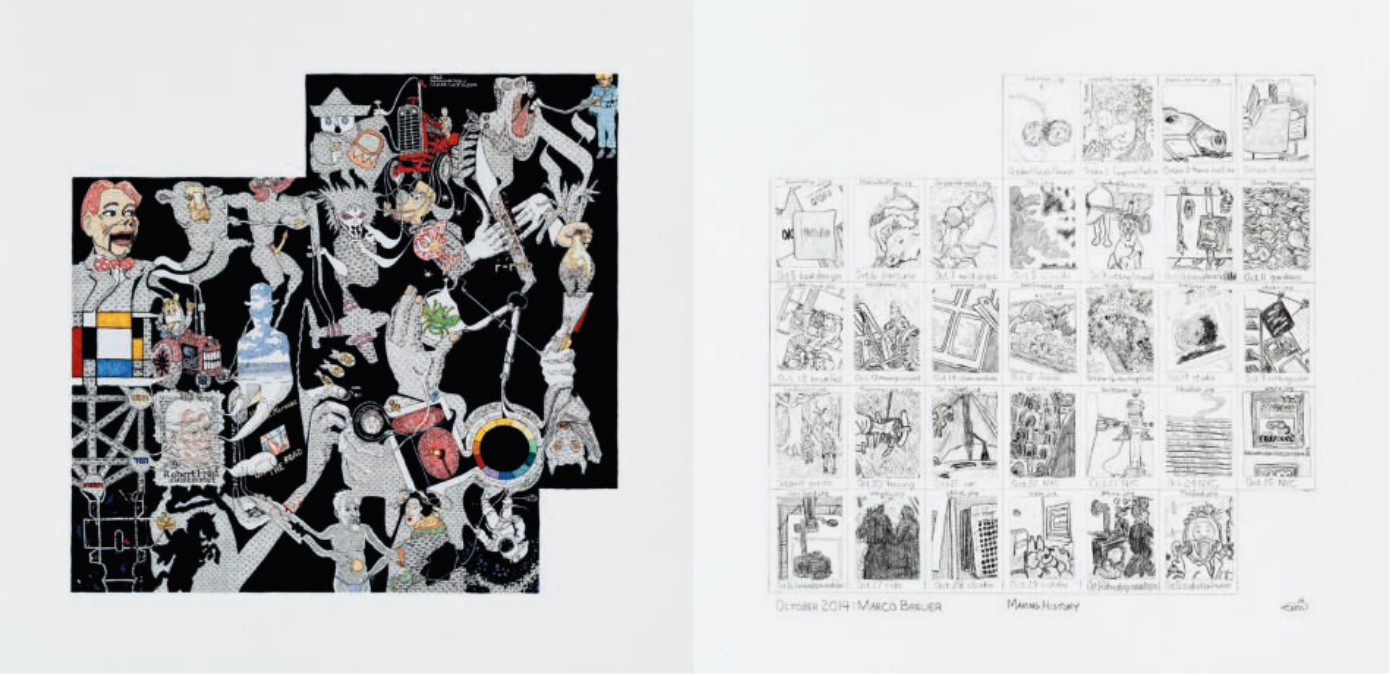
The Case Histories | October 2014: Marco Breuer , 2014, by Martin Wilner
Why is there an increased interest in drawing right now? The pandemic should and to varying degrees has brought with it a need for reassessment of many things about mankind’s role in the world. With that comes a reappraisal of the arts and sciences , much of which is for the good. The necessary isolation of the pandemic has created certain constraints upon the artist, bringing them back to drawing as a means of powerful expression that can be executed under the most minimal of conditions. It is one of the most ancient means of human expression and one that can withstand the duress of our times.
What are the hardest things for you to get ‘right’? The most difficult thing to get right is the willingness to get it all wrong. To do that opens the doorway to work that is true, authentic, and transcendent.
Is the immediacy of drawing part of its appeal for you? Absolutely. As much of my work attempts to map the contours of the mind, I find it important to have as direct a link from eye to cortex to hand as possible. This is a delicate circuit and the mind is an evanescent structure that in order to capture must involve the smallest possible signal decay.
 Journal of Evidence Weekly: Vol. 176
, 2017–18, by Martin Wilner
Journal of Evidence Weekly: Vol. 176
, 2017–18, by Martin Wilner
Can you explain the difference between drawing as a child, something we can all relate to, and drawing as an artist - something most of us cannot? The artist ultimately aspires to be able to draw as the child in them. All of the experience of draftsmanship should be in the service of the uncensored, unvarnished and spontaneous productivity of the curious child trying with their hand to feel out and express an understanding of space and time.
What do most people overlook when they attempt to ‘assess’ drawing? People often do not realize that when they look upon a drawing, as compared to other works of visual art, they are viewing something that is the closest they will ever get to the direct experience and presence of the artist themself.
When do you draw and what sort of physical, spiritual, mental or geographical place do you have to be in generally for it to work? I believe that inspiration is the fervent application of concentrated effort over extended periods of time. This is why I work every day and create parameters in my projects that facilitate my access to this perpetual effort. Art is not created in a magical epiphany. The work is imbued with the magical in its persistence of effort. That being said, the scale of my work is one that is portable, facilitating the possibility of a daily practice. A good drafting table, an ergonomic chair, and proper lighting never hurt. And of course, music is a gateway to visual creativity.
 Vitamin D3: Today's Best in Contemporary Drawing
Vitamin D3: Today's Best in Contemporary Drawing
You can see more of Wilner’s work at Hales Gallery and Galerie Jean Brolly , as well as via his Instagram, @martinwilner . Meanwhile, Vitamin D3: Today's Best in Contemporary Drawing , featuring over 100 artists including: Tania Kovats, Rashid Johnson, Rebecca Salter, Toyin Ojih Odutola, Deanna Petherbridge, Christina Quarles, and Emma Talbot is available now in the store. We'll be running more interviews with artists featured in the book in the coming weeks.











